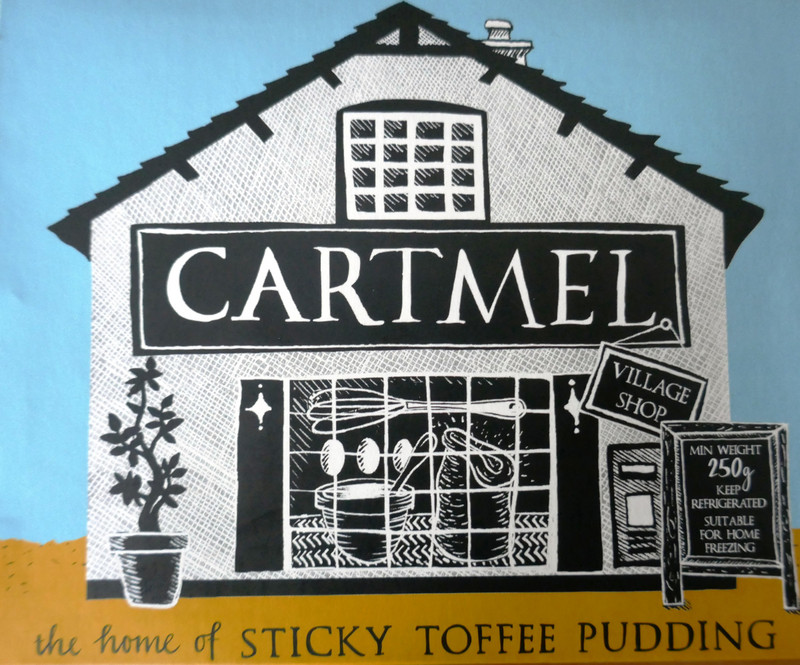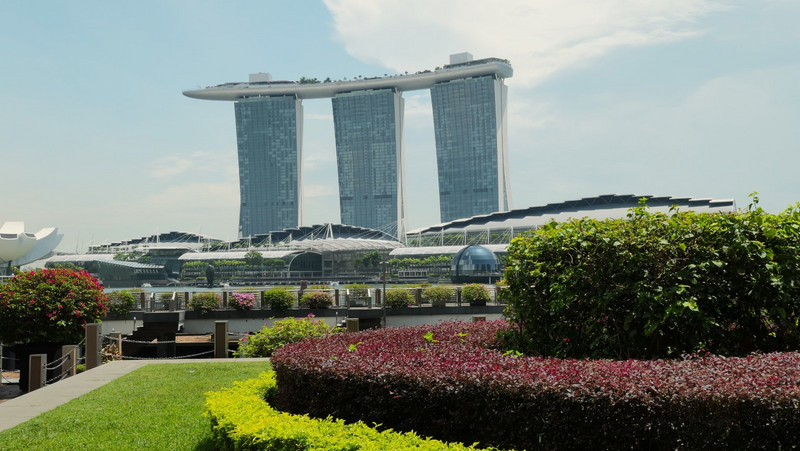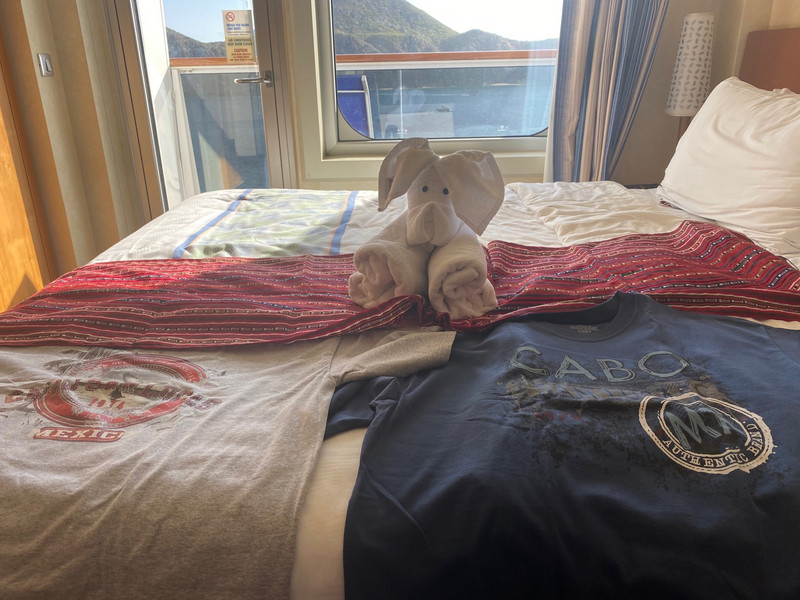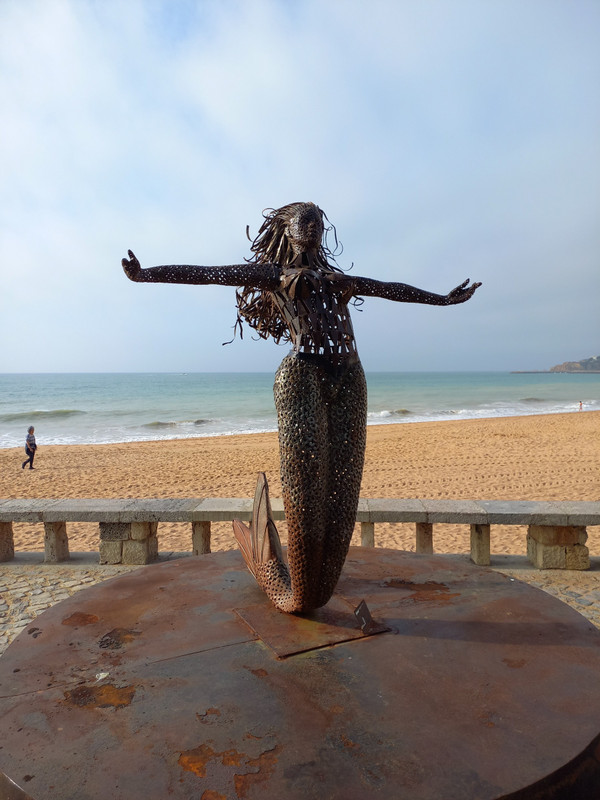After our one night of executive, art deco luxury in the Midland Hotel in Morecambe, it was time to head further north. I reflect on the Morecambe visit with a bit of sadness. The majority of people I speak to look somewhat puzzled by the choice of destination. What the town has to offer is lost on most and there is a definite refusal to give it chance to bounce back. Bill Bryson said as such in one of his books ambling round Britain. The lack of interest in my previous blog .... as highlighted by the views .... suggests the world still feels the same. Of course, I dont fool myself that it could be my writing style. Time will tell. Whether a visit to the prettiest village in Cumbria will attract more interest remains to be seen.
We checked out and filled the car up with fuel at a local supermarket. The price of petrol has gone through the roof in the UK in recent months. All we hear about is the global pressure on demand post COVID and caused by the Russian attack on Ukraine, but the price just continues to sneak ever upward. The
highest price for a litre of unleaded on the M6 we had spotted was an eye watering £1.89 per litre. Lets just say that the price was substantially in sunny Morecambe. We exited north through the suburb with the strange name of Bare. There was a more affluent feel in both Hest Bank and Bolton le Sands. The road leaves the coast, but there were periodic clear views across Morecambe Bay towards Cumbria. The tide was out and miles of flat sand made it look as though it was a simple short cut to the next County. Not so. The shifting sands and mudflats and quicksand makes the crossing a foolhardy occupation without serious local knowledge and a guide. The original crossing route in the Middle Ages went from Hest Bank to Kents Bank near Grange, but today organised charity crossings use the less ambitious Arnside to Kents Back option for safety reasons.
We cut through Carnforth and out on to the peninsula, which is of the Arnside & Silverdale AONB i.e. Area of Outstanding Natural Beauty - a Natural Park in all but name. Silverdale is just a small village, developed as a holiday
venue for wealthy Victorians. It has a golf course and a train station, but there isnt a great deal of reason to linger. We walked out over the sand to give Vera a run. There were a few locals about, so you knew it was okay. The sand turns to mud though in patches, so there is always that uneasy feeling. A deep channel - dry at the time crossed it - runs round behind and separates the sand from the shore and it is easy to see why people get caught out by the tides in this area.
Arnside has a much bigger feel to it than Silverdale, but the population isnt significant in either. We drove into the village, passing the railway station and parked up by the shops facing the estuary. A pleasant row of Victorian shops faces out towards Cumbria on the other side of the estuary. The Post Office had closed, but had been reinvented as the Coast Office. We had a flat white and gazed over the water. Arnside was a historical boat building centre - the home of the shallow draft shrimp boats known as Nobbies, but the fortunes changed again
with the decision to build a viaduct for the railway across estuary. Up to this point, nearby Milnthorpe had been a flourishing port - the port of Kendal. A 50 arch viaduct with limited shipping access out paid to that and the boats could no longer pass Arnside. A small jetty was built in Arnside to the new landing stage. The original railway viaduct was built in 1857 and rebuilt in 1915. The railway was then able to link up with Barrow and Ulverston. It also provided a much less treacherous route for people to shortcut across to Cumbria, than wandering across the sands at low tide.
We went off to find our in a village just inland from the coast.









